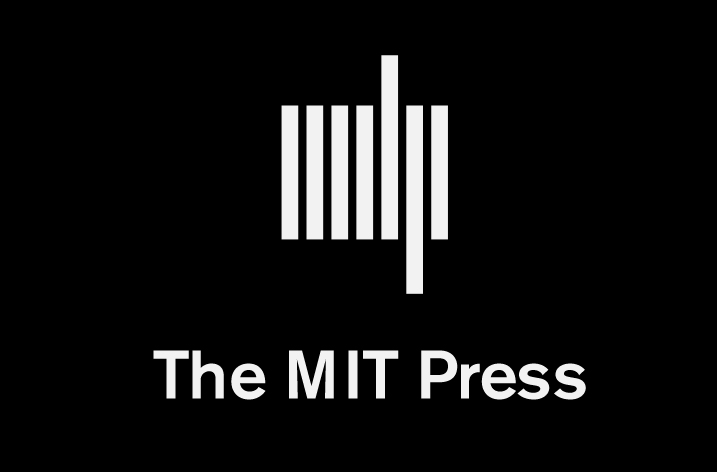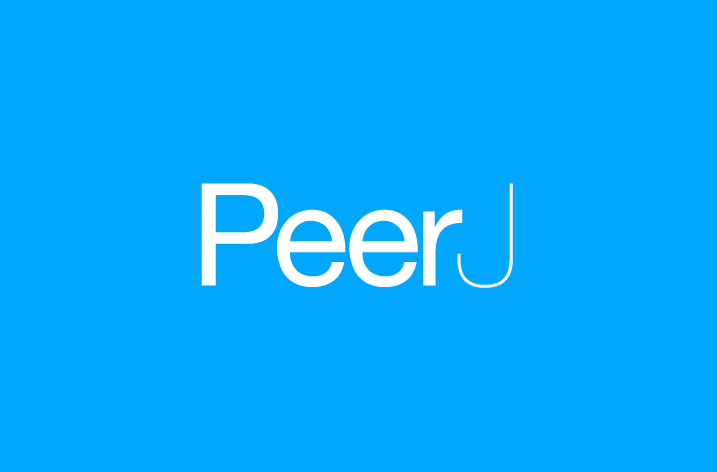
Clarivate Plc, a global leader in providing trusted information and insights to accelerate the pace of innovation, unveiled its 2021 list of Highly Cited Researchers™ today. The methodology that determines the “who’s who” of influential researchers draws on the data and analysis performed by bibliometric experts and data scientists at the Institute for Scientific Information™ at Clarivate.
The annual list identifies some 6,600 researchers from across the globe who demonstrated significant influence in their chosen field or fields through the publication of multiple highly cited papers during the last decade. The Highly Cited Researchers’ names are drawn from the publications that rank in the top 1% by citations for field and publication year in the Web of Science™ citation index, and the list identifies the research institutions and countries where they are based.
The key findings for 2021 show:
- 6,602 researchers from more than 70 countries and regions have been recognized this year – 3,774 in specific fields and 2,828 for cross-field impact.
- The United States is the institutional home for 2,622 of the Highly Cited Researchers in 2021, which amounts to 39.7%, down from 43.3% in 2018. While there has been a decline in the number of U.S.-based Highly Cited Researchers, there can be no doubt that the U.S. still leads the world in research influence. Of all papers indexed in the Web of Science for 2010 to 2020 the percentage with a U.S.-based author was 24.7%.
- Mainland China is second this year, with 935 Highly Cited Researchers, or 14.2%, up from 7.9% in 2018. In four years, Mainland China has nearly doubled its share of the Highly Cited Researchers population.
- The United Kingdom, with 492 researchers or 7.5%, comes in third. This is a particularly high number of researchers at the very top of their fields in terms of citation impact, given that the United Kingdom has a population 1/5 the size of the United States and 1/20 the size of Mainland China.
- Australia has narrowly overtaken Germany at fourth, with 332 researchers, and the Netherlands is sixth, with 207 researchers – remarkable for countries of 25 million and 17 million, respectively, versus Germany’s 83 million. They also place above Canada, France, Spain and Switzerland in the top 10.
- Harvard University, home to 214 researchers, is once again the institution with the highest concentration of Highly Cited Researchers in the world.
- Hong Kong has increased its number to 79 from 60 last year, an impressive achievement, partly due to a dramatic increase in Highly Cited Researchers from the University of Hong Kong, which more than doubled its number of Highly Cited Researchers from 14 to 33 from 2020 to 2021.
- For the first time, researchers from Bangladesh, Kuwait, Mauritius, Morocco and the Republic of Georgia are included on the list this year.
Naturally, Mainland China’s gain means losses elsewhere. There is a 1.8% loss in Highly Cited Researchers for the United States since last year and 3.6% since 2018. This contrasts with an increase of 6.3% for Mainland China since 2018. The United Kingdom exhibits a decline of .5% since last year and 1.5% since 2018. Germany has lost .9% share since 2018.
David Pendlebury, Senior Citation Analyst at the Institute for Scientific Information, said: “The headline story is one of sizeable gains for Mainland China and a decline for the United States, particularly when you look at the trends over the last four years, which reflect a transformational rebalancing of scientific and scholarly contributions at the top level through the globalization of the research enterprise.”
Nobel Prize recipients and researchers of Nobel quality
This year’s list includes 24 Nobel laureates, including five announced this year: David Julius, University of California San Francisco, San Francisco, CA, United States (Physiology or Medicine); Ardem Patapoutian, Scripps Research, La Jolla, CA, United States (Physiology or Medicine); David W. C. MacMillan, Princeton University, Princeton, NJ, United States (Chemistry); David Card, University of California Berkeley, Berkeley, CA, United States (Economics); and, Guido Imbens, Stanford University, Stanford, CA, United States (Economics). Also included are 77 Citation Laureates™: individuals recognized by Clarivate, through citation analysis, as ‘of Nobel class’ and potential Nobel Prize recipients.
Exceptional broad performance
Of the researchers named as Highly Cited in the 21 Essential Science Indicators (ESI)™ fields, 23 researchers showed exceptionally broad performance, recognized for being highly cited in three or more fields. They are a truly global group – in North America, Europe, Asia and the Middle East. Professor Rob Knight from the University of San Diego California was alone in being named for four ESI fields (Biology and Biochemistry; Environment/Ecology; Microbiology; Molecular Biology and Genetics).
Figure 1: Highly Cited Researchers by country or region
| Ranking | Country/Territory | Number HCRs | % | Change % Share 2018 to 2021 |
| 1 | United States | 2,622 | 39.7 | -3.6 |
| 2 | China Mainland | 935 | 14.2 | 6.2 |
| 3 | United Kingdom | 492 | 7.5 | -1.5 |
| 4 | Australia | 332 | 5 | 1 |
| 5 | Germany | 331 | 5 | -0.9 |
| 6 | The Netherlands | 207 | 3.1 | 0 |
| 7 | Canada | 196 | 3 | 0.3 |
| 8 | France | 146 | 2.2 | -0.4 |
| 9 | Spain | 109 | 1.7 | -0.2 |
| 10 | Switzerland | 102 | 1.5 | -0.7 |
Figure 2: Highly Cited Researchers by research institution or organization
| Ranking | Institution and Country/Region | Number HCRs |
| 1 | Harvard University, United States | 214 |
| 2 | Chinese Academy of Sciences, China Mainland | 194 |
| 3 | Stanford University, United States | 122 |
| 4 | National Institutes of Health (NIH), United States | 93 |
| 5 | Max Planck Society, Germany | 70 |
| 6 | Massachusetts Institute of Technology (MIT), United States | 64 |
| 7 | University of California Berkeley, United States | 62 |
| 8 | Tsinghua University, China Mainland | 58 |
| 9 | University of California San Diego, United States | 56 |
| 10 | University of Oxford, United Kingdom | 51 |
Joel Haspel, SVP Strategy, Science at Clarivate said: “This year’s data reflect a decade’s worth of research publications from the global scientific community. As well as documenting the ‘Eureka!’ moments, our data tell the story of late nights spent filling in grant applications, poring over results in the lab, the unsung work of peer reviewing contemporaries’ manuscripts, and the many small failures that ultimately lead to bigger successes and accelerating innovation.
Our analysts have found continued growth in the highly cited, high-impact research from Mainland China, but the United States remains the scientific powerhouse of the world, and U.S. institutions represent five of the top ten, with Harvard University at the very top of the leader board.”
The full 2021 Highly Cited Researchers list and executive summary can be found here.


























